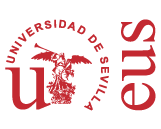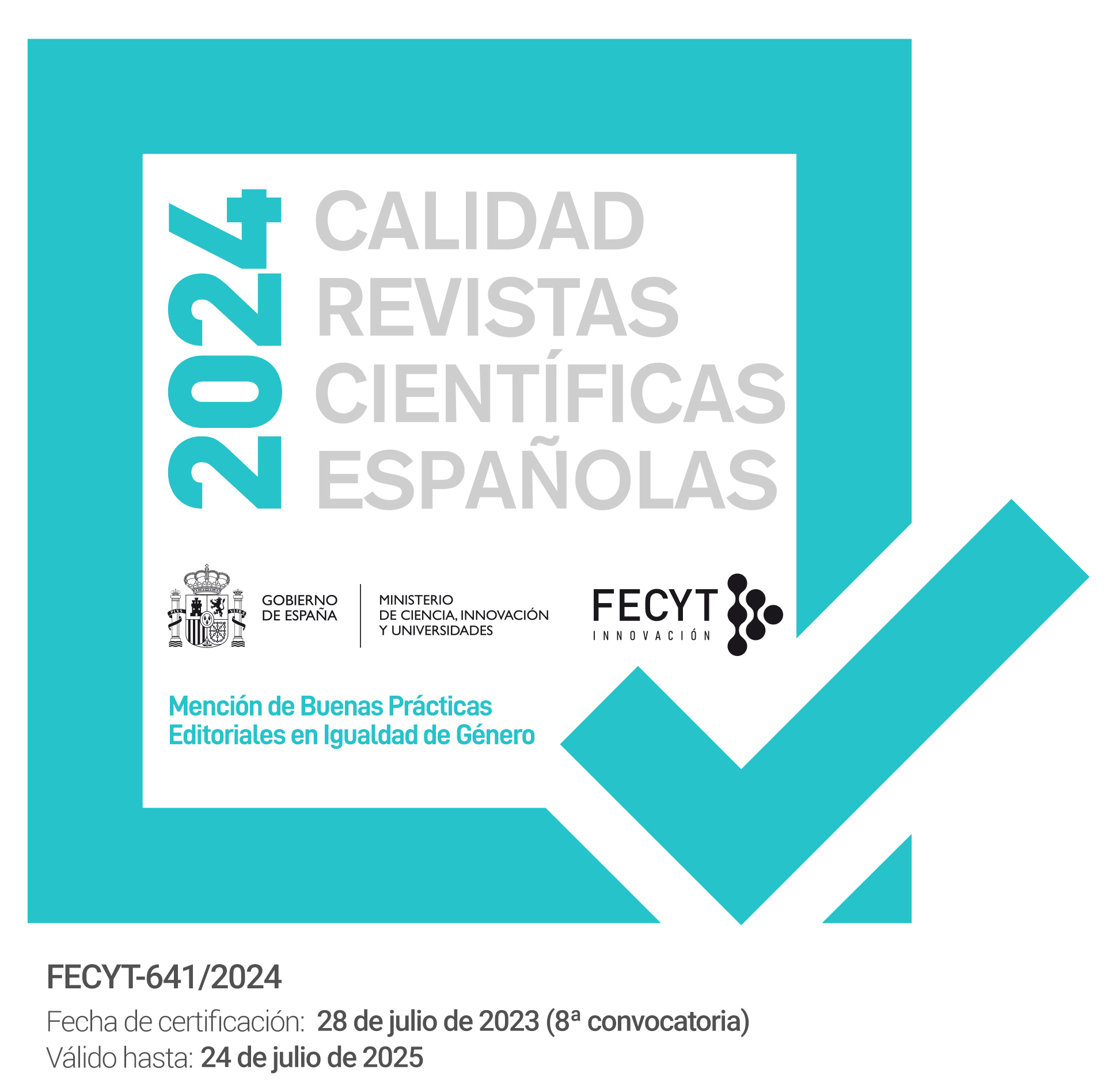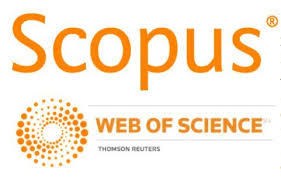Using Logbooks with Second and Foreign Language Learners in Higher Education: Learner Autonomy in Progress
DOI:
https://doi.org/10.12795/PH.2020.v34.i01.06Keywords:
learner autonomy, language learning, logbook, reflectionAbstract
This paper reports data from a study recently carried out with university language students attending a Master’s degree programme in Language Sciences. The study aimed at exploring to what extent logbook writing could allow them to progress in their learner autonomy by engaging in more reflective, conscious, and responsible second/foreign language learning. The class was asked first to write a logbook for a week with the purpose of keeping track of their personal language learning process and then to answer some reflective questions to give an account of their perception about the logbook experience. By taking an interpretive approach to the investigation and adopting qualitative data analysis, it was found that the logbook was generally perceived as useful in improving language learning and stimulating meta-cognitive reflection, self-awareness and learner’s intervention. While limits were identified in the use of this tool (i.e., persistence needed to regularly keep logs, time availability and appropriate organisation skills), some students declared their intention to use the logbook in the future, after making personalised adjustments according to their learning needs and goals.
Downloads
References
Bailey, K.M. (1991). Diary studies of classroom language learning: the doubting game and the believing game. In E. Sadtono (Ed.), Language Acquisition and the Second/Foreign Language Classroom (Anthology 28) (pp. 60-102). Regional Language Centre.
Ben-Rafael E., Shohami I. and Barni M. (Eds.) (2010). Linguistic Landscape in the City. Channel View Publications. https://doi.org/10.21832/9781847692993
Benson, P. (2001). Teaching and researching autonomy in language learning. Longman.
Benson, P. (2011). Language learning and teaching beyond the classroom: An introduction to the field. In P. Benson and H. Reinders (Eds.), Beyond the Language Classroom (pp. 7-16). Palgrave Macmillan. https://doi.org/10.1057/9780230306790_2
Benson, P., Nunan, D. (2005). Learners’ Stories: Difference and Diversity in Language Learning. Cambridge University Press.
Benson, P., Reinders, H. (Eds.) (2011). Beyond the Language Classroom. Palgrave Macmillan. https://doi.org/10.1057/9780230306790
Breen, M. P., Mann, S. J. (1997). Shooting arrows at the sun: Perspectives on a pedagogy for autonomy. In P. Benson and P. Voller (Eds.), Autonomy and independence in language learning (pp. 132-149). Longman. https://doi.org/10.4324/9781315842172-11
Burkert, A. (2013). Supporting learner autonomy in the university classroom: A personal account. In A. Burkert, L. Dam, and C. Ludwig (Eds.), The answer is learner autonomy: Issues in language teaching and learning [ebook]. IATEFL.
Charmaz, K. (2006). Constructing Grounded Theory: A Practical Guide Through Qualitative Analysis. Sage Publications.
Cohen, A.D. (1998). Strategies in Learning and Using a Second Language. Longman.
Cotterall, S. (1995). Readiness for Autonomy Investigating Learner Beliefs. System 23, 195-205. https://doi.org/10.1016/0346-251x(95)00008-8
Dam, L. (1995). Learner Autonomy: From Theory to Classroom Practice (Vol. 3). Authentik.
Dam, L. (2013). Developing learner autonomy: from theory to practice. In M. Menegale (Ed.), Autonomy in Language Learning: Getting Learners Actively Involved (pp. 89-107). IATEFL.
Dörnyei, Z. (2007). Research Methods in Applied Linguistics. Oxford University Press.
Dufeu, B. (1994). Teaching Myself. Oxford University Press.
Ellis, R. (1989). Classroom learning styles and their effect on second language aAcquisition: A study of two learners. System 17, 249-262. https://doi.org/10.1016/0346-251X(89)90037-7
Holec, H. (1981). Autonomy and Foreign Language Learning. Pergamon.
Huang, J. (2005). A diary study of difficulties and constraints in EFL learning. System 33, 609–621. https://doi.org/10.1016/j.system.2005.04.001
Huang, J. (2006). Learner resistance in metacognition training? An exploration of mismatches between learner and teacher agendas. Language Teaching Research 10(1), 95-117. https://doi.org/10.1177/136216880601000107
Hyland, F. (2004). Learning autonomously: Contextualising out-of-class language learning. Language Awareness 13(3), 180-202. https://doi.org/10.1080/09658410408667094
Jiménez Raya, M., Lamb, T. & F. Vieira. (2007). Pedagogy for Autonomy in Language Education in Europe: Towards a Framework for Learner and Teacher Development. Dublin: Authentik.
Klimas, A. (2017). A goal-setting logbook as an instrument fostering learner autonomy. In M. Pawlak., A. Mystkowska-Wiertelak and J. Bielak (Eds.), Autonomy in Second Language Learning. Managing the Resources, Second Language Learning and Teaching (pp. 21-33). Cham, Switzerland: Springer International Publishing. https://doi.org/10.1007/978-3-319-07764-2_2
Kohonen, V. (1992). Experiential language learning: Second language learning as cooperative learner education. In D. Nunan (Ed.), Collaborative Language Learning and Teaching (pp. 14–39). Cambridge: Cambridge University Press.
Lacey, F. (2011). Autonomy, never, never, never. In C. J. Everhard and J. Mynard, with R. Smith. (Eds.), Autonomy in Language Learning: Opening a Can of Worms. Canterbury, Kent: IATEFL.
Lamb, T. (2009). Controlling learning: Learners’ voices and relationships between motivation and learner autonomy. In R. Pemberton, S. Toogood and A. Barfield (Eds.), Maintaining Control: Autonomy and Language Learning. Hong Kong: Hong Kong University Press. https://doi.org/10.5790/hongkong/9789622099234.003.0005
Little, D. (1991). Learner autonomy: Definitions, issues and problems (Vol. 1). Dublin: Authentik.
Little, D. (1996). Freedom to learn and compulsion to interact: Promoting learner autonomy through the use of information systems and information technologies. In R. Pemberton, E. Li, W. Or & H. Pierson (eds.), Taking control: Autonomy in language learning (pp. 203–218). Hong Kong: Hong Kong University Press.
Little, D. (2007). Language learner autonomy: Some fundamental considerations revisited. Innovation in language learning and teaching, 1(1), 14-29. https://doi.org/10.2167/illt040.0
Little, D. (2013). Tools to develop learner autonomy: A Vygotskian perspective on the language learning process. In M. Menegale (Ed.), Autonomy in Language Learning: Getting Learners Actively Involved (pp. 163-179). Canterbury, Kent: IATEFL.
Littlewood, W. (1996). Autonomy: An anatomy and a framework. System 24, 427-435. https://doi.org/10.1016/S0346-251X(96)00039-5
Macaro, E. (2008). The shifting dimensions of language learner autonomy. In T. Lamb and H. Reinders (Eds.), Learner and Teacher Autonomy: Concepts,Realities, and Responses (pp. 47–63). Amsterdam: John Benjamins. https://doi.org/10.1075/aals.1.07mac
Menegale, M. (2013). A study on knowledge transfer between in and out-of-school language learning. In M. Menegale (Ed.), Autonomy in language learning: Getting learners actively involved (pp. 274-306). Canterbury, Kent: IATEFL.
Menegale, M. (2018). Logbook: A tool for learning inside and outside the language class. EL.LE Educazione Linguistica. Language Education 7(1), 51-73. http://doi.org/10.30687/ELLE/2280-6792/2018/01/003
Murray, G., Lamb, T. (Eds.) (2018). Space, Place and Autonomy in Language Learning. New York: Routledge. https://doi.org/10.4324/9781317220909
Nunan, D. (1992). Research Methods in Language Teaching. Cambridge: Cambridge University Press.
Nunan, D. (1997). Designing and adapting materials to encourage learner autonomy. In P. Benson and P. Voller (Eds.), Autonomy and Independence in Language Learning (pp. 192-203). Harlow, Essex: Longman.
O’Malley, J., Chamot, A. (1990). Learning Strategies in Second Language Acquisition. Cambridge: Cambridge University Press. https://doi.org/10.1017/CBO9781139524490
Oxford R. (1990). Language Learning Strategies: what every Teacher should Know. New York: Newbury House.
Paris, S. G., Turner, J. C. (1994). Situated motivation. In P. R. Pintrich, D. R. Brown, and C. E. Weinstein (Eds.), Student motivation, cognition, and learning: Essays in honor of Wilbert J. McKeachie (p. 213–237). Hilsdale, NJ: Lawrence Erlbaum Associates, Inc.
Pavlenko, A. (2007). Autobiographic narratives as data in applied linguistics. Applied Linguistics 28(2), 163-188. https://doi.org/10.1093/applin/amm008
Reinders, H., Benson, P. (2017). Research agenda: Language learning beyond the classroom. Language Teaching 50, 561–578. https://doi.org/10.1017/S0261444817000192
Sadeq, T. M., Akbar, R. S., Taqi, H. A., Shuqair, K. M. (2015). EFL writing student’s perception of the effect of diary writing. International Journal of English Language Teaching 3(2), 54-63.
Savage, W., Whisenand, R. (1993). Logbooks and language learning objectives in an intensive ESL workshop. TESOL Quarterly 27(4), 741–746. https://doi.org/10.2307/3587410
Scharle, A., Szabo, A. (2000). Learner autonomy: A guide to developing learner responsibility. Cambridge: Cambridge University Press.
Smith, R. C. (2008). Learner autonomy (Key concepts in ELT). ELT Journal 62(4), 395-397. https://doi.org/10.1093/elt/ccn038
Sundqvist, P. (2011). A possible path to progress: Out-of-school English language learners in Sweden. In P. Benson and H. Reinders (Eds.), Beyond the Language Classroom (pp. 106-118). Basingstoke, Hampshire: Palgrave Macmillan. https://doi.org/10.1057/9780230306790_9
Takaesu, A. (2012). EFL journal writing: An exploratory study in self-expression as a bridge for creative writing. Accents Asia 5(1), 45-54.
Tassinari, M.G. (2016). Assessment for learning; assessment for autonomy. In C. Gitsaki and C. Coombes (Eds.), Current Issues in Language Evaluation, Assessment and Testing. Research and Practice (pp. 118-136). Cambridge: Cambridge Scholars Publishing.
Tompkins, G. E. (2000). Teaching Writing: Balancing Process and Product (3rd Ed.). Upper Saddle River, N.J.: Merrill.
Vaseghi, R., Mukundan, J. and Barjesteh, H. (2014). Diary writing: A tool to enhance second language writing autonomy. The Social Sciences 9(2), 124-128.
Yang, T. (2007). Changes in learner autonomy by means of journal writing: From the point of view of learners. In M. Carroll, D. Castillo, L. Cooker, and K. Irie (Eds.), Exploring theory, enhancing practice: Autonomy across the disciplines. Proceedings of the Independent Learning Association Conference. Chiba: Kanda University of International Studies.
Published
How to Cite
Issue
Section
License
The printed and electronic editions of this Journal are edited by the University of Seville Editorial, and the source must be cited in any partial or total reproduction.
Unless otherwise indicated, all the contents of the electronic edition are distributed under a license of use and distribution “Attribution-NonCommercial-NoDerivatives 4.0 International” . You can view the informative version and the legal text of the license here. This fact must be expressly stated in this way when necessary.
Authors who publish in this journal accept the following conditions:
- The author/s retain copyright and grant the journal the first publication right, and accept it to be distributed with the Creative Commons By NC ND 4.0 licence, which allows third parties to use what is published whenever they mention the authorship of the work and the first publication in this journal and whenever they do not make commercial use and reuse it in the same way.
- Authors can make other independent and additional contractual agreements for the non-exclusive distribution of the article published in this journal (e.g., include it in an institutional repository or publish it in a book) provided they clearly indicate that the work was published for the first time in this journal.
Authors are allowed and recommended, once the article has been published in the journal Philologia Hispalensis (online version), to download the corresponding PDF and disseminate it online (ResearchGate, Academia.edu, etc.) as it may lead to productive scientific exchanges and to a greater and faster dissemination of published work (see The Effect of Open Access).
Accepted 2020-09-21
Published 2020-12-17
- Abstract 247
- pdf 329
- html 45
- xml 74







